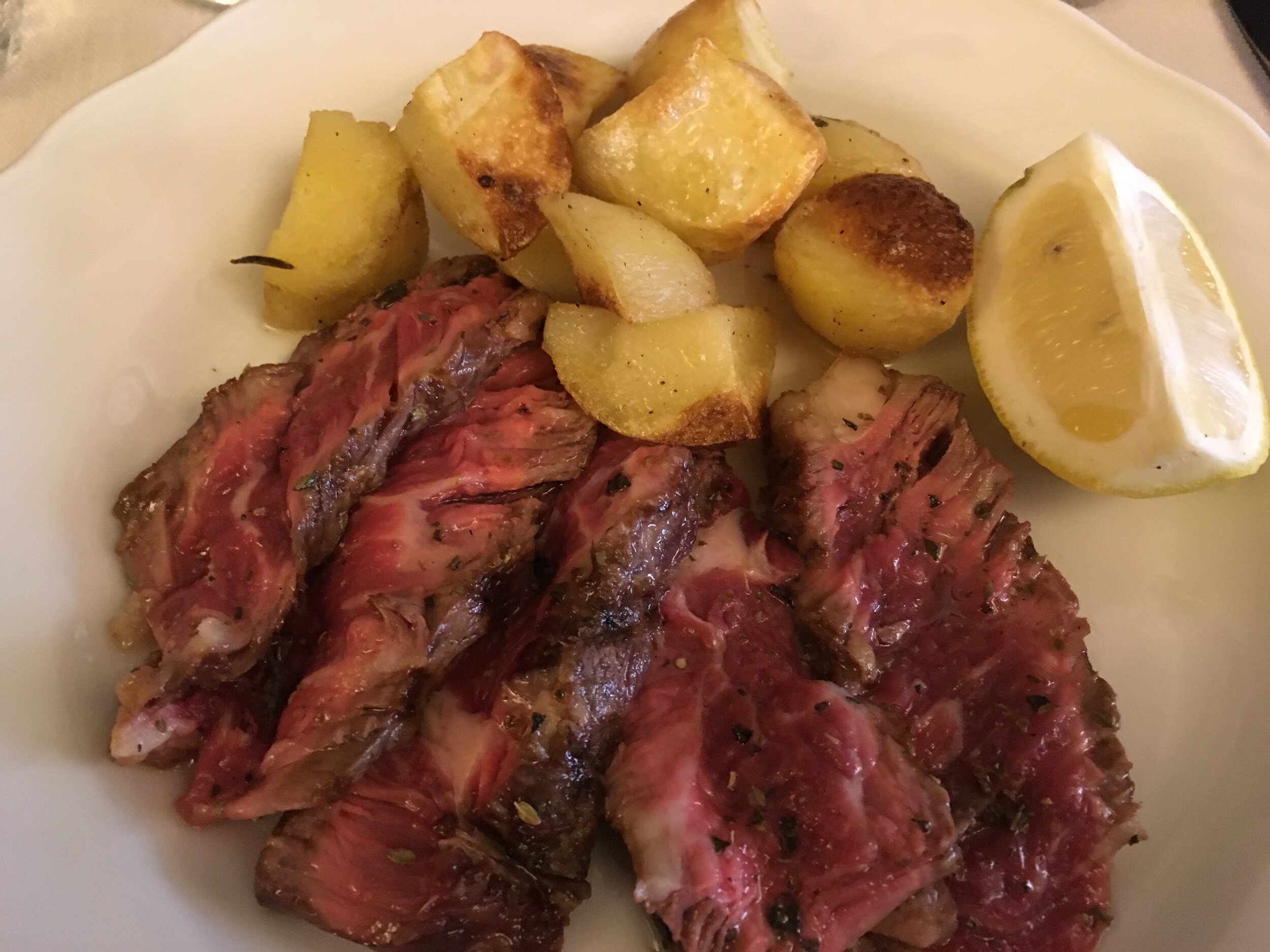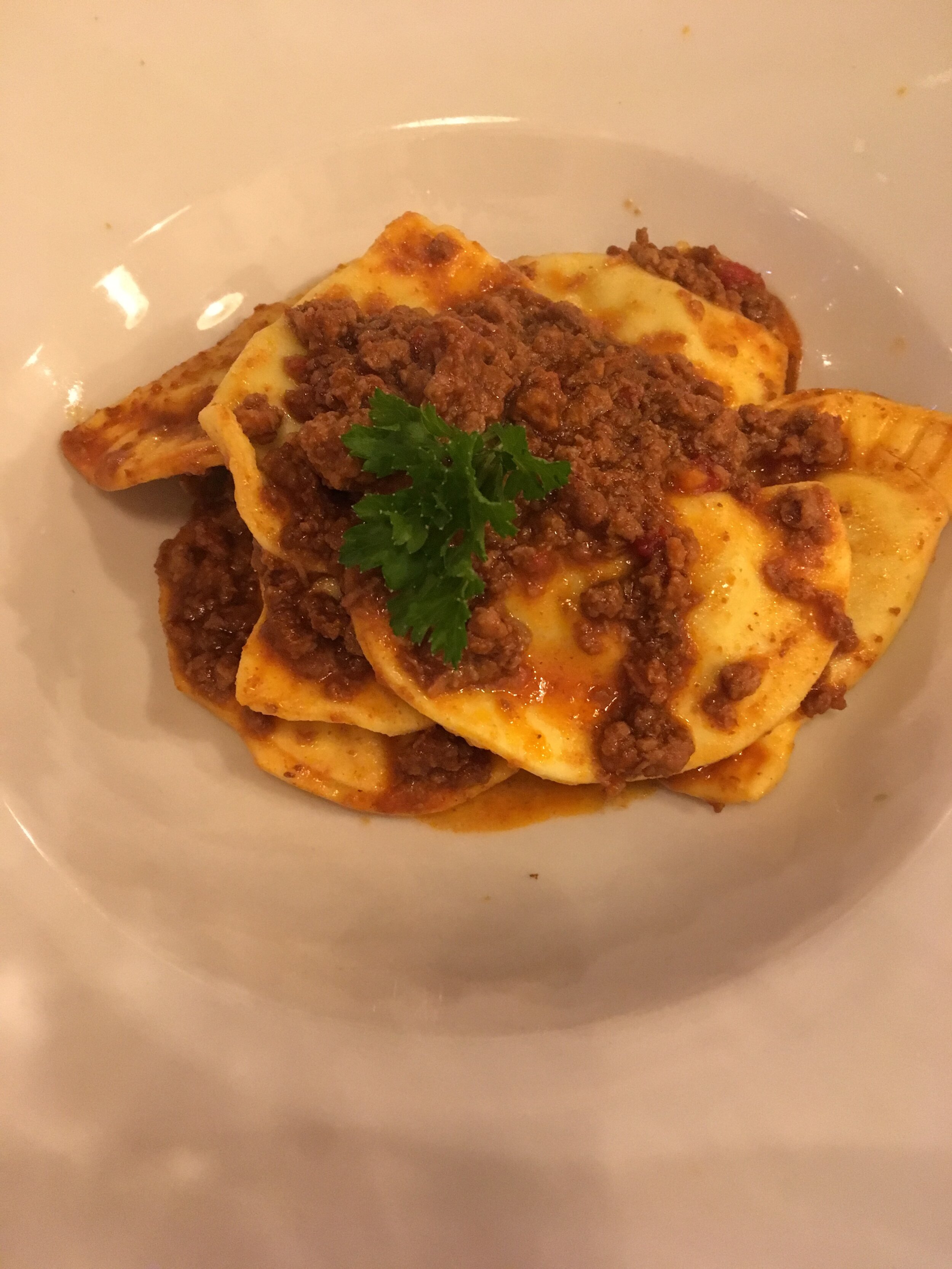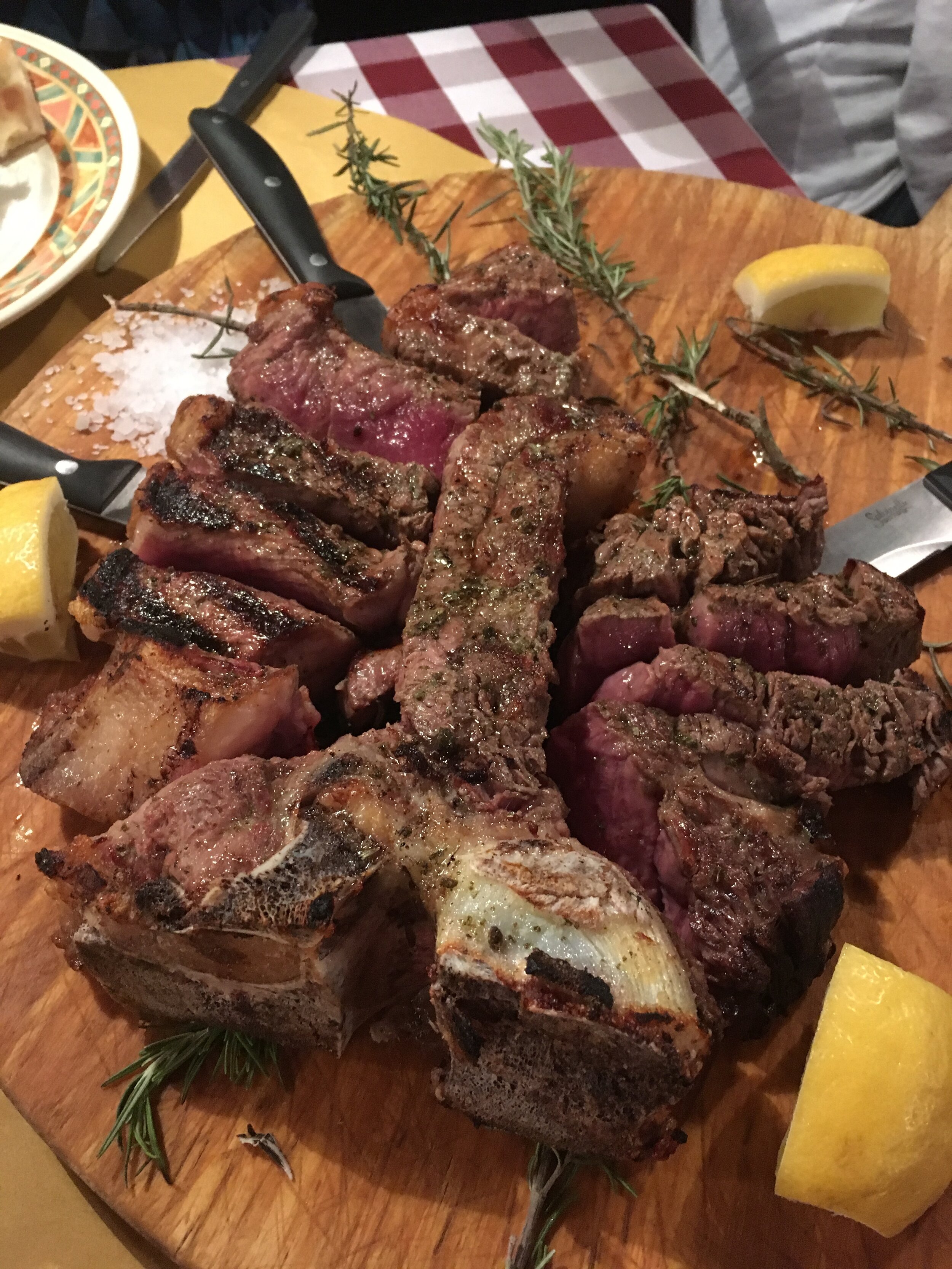A Spring Brunch at Home in Italy
Warning: this post may make you hungry !
The very small size of my Italian apartment, not to mention the lack of a real oven in the minuscule kitchen, makes entertaining a challenge. I’ve managed as many as 6 for a dinner but that took a lot of juggling and some very cozy seating around the table. And now, when social distancing is the norm, even 6 is way too many. But it’s spring, the weather is gorgeous, the markets are full of beautiful strawberries and asparagus, and I’ve been itching to prepare a meal for friends. When the pandemic rules limiting visitors were relaxed over Easter weekend I was able to invite 2 friends to my home for a meal. With that in mind, I happily started planning a brunch menu. Sometimes it’s fun to get a little fancy and this was one of those times. When you find me ironing a vintage table cloth, you know I’m about to get fancy! Pretty flowers, a nicely set table, the good dishes, and soft music set the stage.
Homemade lemon curd - nice and tart with a smooth as silk texture.
The brunch menu combined some wonderful Italian ingredients with some of my American standards and gave me chance to fix some of my favorite dishes.
Preparations started a couple of days beforehand with the making of lemon curd. This no-fail recipe from Fine Cooking magazine is better than any lemon curd I have ever purchased. (https://finecooking.com/recipe/classic-lemon-curd). It’s my go to recipe for a fancy brunch or tea menu. Using juicy Italian lemons makes it even better. The hardest part was setting it aside until the day of the brunch. I may have sampled just a taste (or two) beforehand.
Of course where there is lemon curd there must be scones. I prepped the dry ingredients a couple of days before; it was easy to finish the dough and bake them on the morning of the brunch. The scones and lemon curd paired nicely alongside a bowl of bright red strawberries.
The main dish was a crustless quiche, another Fine Cooking recipe (https://finecooking.com/recipe/crustless-quiche-with-red-peppers-goat-cheese).
These small tin foil baking dishes aren’t very elegant, but they fit nicely in my little countertop oven.
This is a versatile recipe because it is so easy to vary the ingredients. I have only a small countertop electric oven (two steps above the Easy Bake oven I had as a kid), so I divided the quiche base into two smaller pans. In one, I used the red peppers and goat cheese from the original recipe. In the second pan, I crumbled crisp pancetta, sautéed mushrooms, and fontina cheese. My tiny oven only baked one pan at a time but, covered with foil and set on top of the oven while the second one baked, the first one stayed nice and warm. And they were delicious - soft and light as clouds. All the credit goes to this fantastic recipe - it’s a snap to make and always a hit.
I couldn’t resist the fat stalks of asparagus I found in the market. Cooked quickly and drizzled with a lemony vinaigrette they made a simple and tasty addition to the menu. Both asparagus and the quiche go well with some slightly salty prosciutto, so I added a small platter of that and the meal was complete.
Is there a better combination than fresh spring asparagus and prosciutto? Well, maybe a summertime prosciutto with melon, but that’s a few months off yet.
Well, almost complete. We were celebrating spring so mimosas made with Prosecco and orange juice made brunch even more festive.
Good company, good food, and lots of laughter. A good way to welcome spring !




























